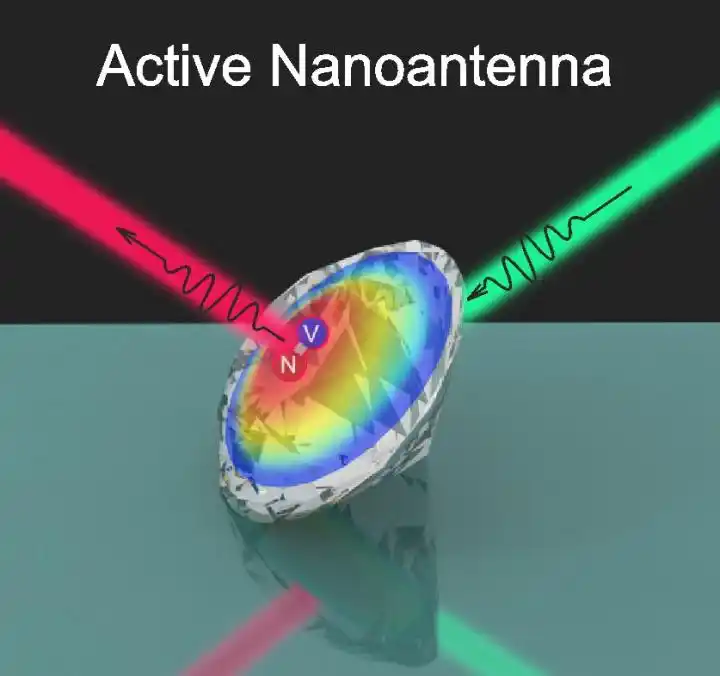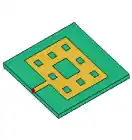افشین رشید
اُستادیار ؛ عضو هیات علمی دانشگاه آزاد اسلامی واحد علوم و تحقیقات تهران
615 یادداشت منتشر شدهCommunication Between The Power Supply System and The Physical Communication Platform Between Different Parts of a Nano System and Nano Antennas (Rectenna)

Note: The dimensions of the antenna and the nanosystem or nanosensor assembly, operating frequency, power losses, range and dimensions of the sensor network, structure and capabilities of the power supply system, and the physical communication platform between the different parts of a nanosystem are major factors and parameters, each of which is decisive in some way and determines the manufacturing capability and performance of the final system.
Nano-network is a nano- scale communication network between nano-devices. Nano-devices face special challenges in performance due to their limited processing and power management capabilities . Therefore, these devices are expected to perform simple tasks that require different and novel approaches. In a molecular communication system, the transmitter sends information using chemical molecules called information molecules, which are then received and decoded by a communication receiver after being released into the environment.A network of communication nanoparticles can cover a wider area and perform more network processing . In addition, there are several nano-communication technologies that require the use of external excitation and measurement to work. Wireless communication between nano-networks and micro- and macro-devices and equipment can meet this need.In general, in order to receive an electromagnetic wave in space, the dimensions of the antenna must be on the order of the wavelength of the incoming wave to its surface. Due to the very small dimensions of nanosensors, nanoantennas need to operate at very high frequencies to be usable. The use of graphene greatly helps to solve this problem.

The propagation speed of waves in CNTs and GNRs can be up to 100 times lower than in vacuum, and this depends on the physical structure, temperature and energy. Accordingly, the resonant frequency of graphene-based nanoantennas can be two orders of magnitude lower than that of nanoantennas based on carbon nanomaterials. It has been mathematically and theoretically proven that a quasi-metallic carbon nanotube can emit terahertz radiation when a time-varying voltage is applied to its sides. Despite the possibilities of manufacturing nanotubes with a length of several centimeters, it is possible to manufacture electrical conductors with a length-to-width ratio of the order of 10^7 . Nanotube antennas at first glance give us the impression that they are similar to a dipole antenna designed in small dimensions. But in fact, this is not the case. In the main theory of dipole antennas to determine the current distribution on the antenna, the dipole radius is larger than the skin depth and the resistance losses are so small that they can be ignored.

Conclusion :
The dimensions of the antenna and the nanosystem or nanosensor assembly, operating frequency, power losses, range and dimensions of the sensor network, structure and capabilities of the power supply system, and the physical communication platform between the different parts of a nanosystem are major factors and parameters, each of which is decisive in some way and determines the manufacturing capability and performance of the final system.